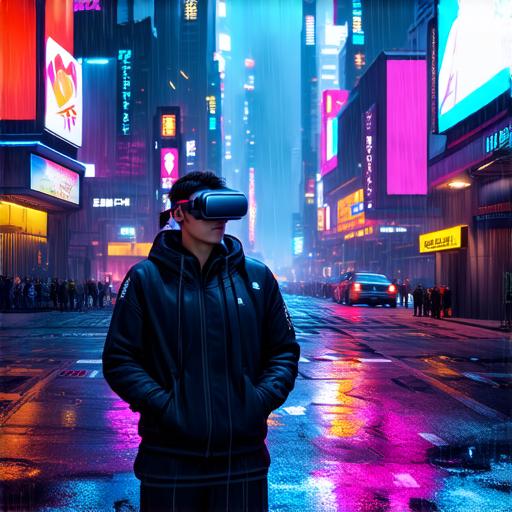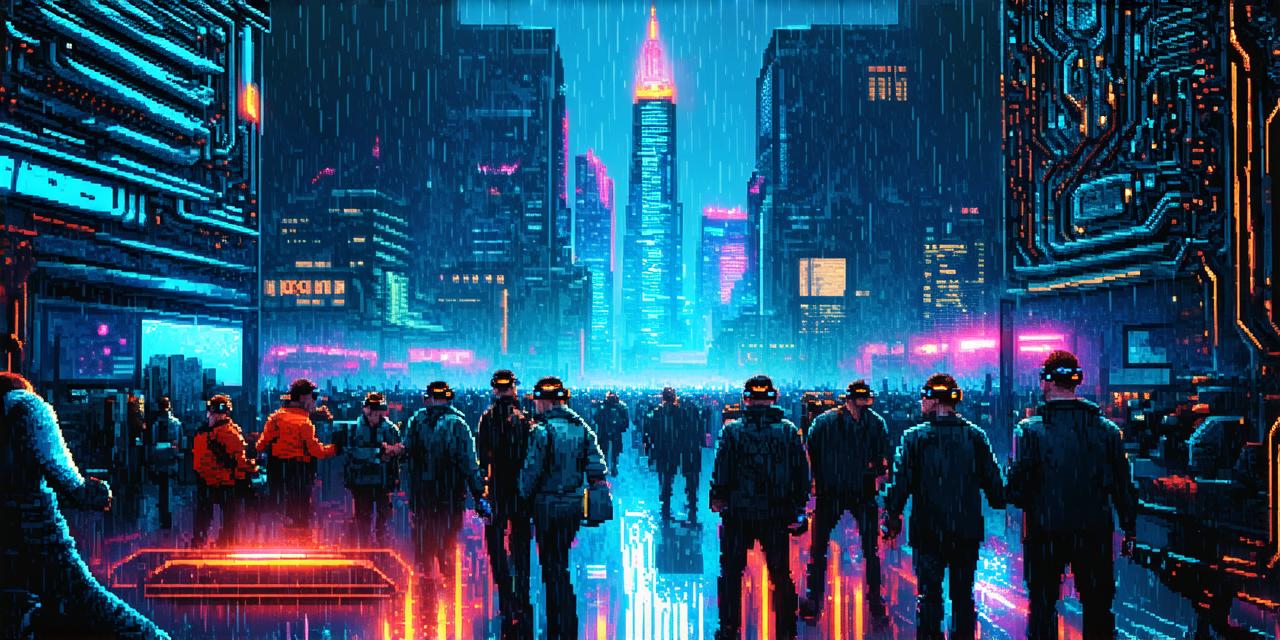Understanding Virtual Reality and Augmented Reality
Virtual reality (VR) and augmented reality (AR) are two different technologies that have the potential to revolutionize the way we interact with the world. VR is a fully immersive experience where users wear headsets or goggles that block out the real world and replace it with a simulated environment. AR, on the other hand, enhances our view of the physical world by overlaying digital information onto it.
For example, a VR user might be able to enter a virtual world and interact with it as if it were real. They could go on a virtual vacation, explore ancient ruins or even fight off aliens. AR, meanwhile, allows users to see additional information about their surroundings, such as historical landmarks, artwork, or product reviews.
The Potential Impact of Virtual Reality and Augmented Reality
Virtual reality and augmented reality have the potential to impact a wide range of industries. In healthcare, VR can be used for simulations and training purposes, allowing doctors and nurses to practice procedures without risking patient safety. AR can also be used in medical imaging to provide real-time feedback on surgical procedures.
In education, VR and AR can create immersive learning experiences that engage students and make learning more fun. For example, a history class might take a virtual trip to ancient Rome or Egypt to learn about the culture and history of those civilizations. In addition, AR can be used in science classes to help students visualize complex concepts such as atoms or DNA structures.
In the entertainment industry, VR and AR are already being used for gaming and immersive experiences. For example, gamers can use VR headsets to enter a virtual world and play games that require physical movement. AR can also be used in movies and TV shows to create interactive experiences for viewers.
The Metaverse: A Virtual World of Endless Possibilities
The concept of the metaverse goes beyond VR and AR, imagining a fully immersive virtual world that exists alongside the physical world. In this world, users would be able to interact with each other, participate in activities, and even create their own content.
One of the key advantages of the metaverse is its potential for increased social interaction. In a world where people can interact with each other in real-time regardless of location, it could help bridge geographical gaps and bring people closer together. This could be especially valuable for individuals who struggle with social anxiety or find it difficult to connect with others in person.
Another advantage of the metaverse is its potential for increased creativity and innovation. In a virtual world where users have complete control over their avatars and environments, they can create truly unique experiences that push the boundaries of what’s possible. This could lead to the development of new technologies and industries, as well as new forms of art and entertainment.

Real-Life Examples of Virtual Worlds
While the concept of the metaverse is still largely theoretical, there are already examples of virtual worlds that have been created for various purposes. One of the most famous examples is Second Life, an online community where users can create avatars and interact with each other in a virtual world. While it’s primarily used for socializing and gaming, it also has educational and creative uses.
Another example is Decentraland, a decentralized virtual reality platform that allows users to create and share their own content. It’s built on blockchain technology and allows users to own their virtual assets and control their data.
The Future of Virtual Reality and Augmented Reality
The future of virtual reality and augmented reality is bright, with advancements in technology making it increasingly possible for individuals to interact with the digital world in new and exciting ways. As these technologies continue to evolve, we can expect to see more examples of virtual worlds that blur the line between the physical and digital worlds.
One of the key challenges facing VR and AR is the cost of the technology. While prices have come down significantly in recent years, they still remain relatively high for many consumers. However, as demand grows and competition increases, we can expect to see prices drop even further.
Another challenge is the potential impact on privacy and security. As users become more immersed in virtual worlds, there are concerns about how their personal data will be collected and used. It’s important for developers and policymakers to work together to ensure that user privacy and security are protected.
Summary
The concept of the metaverse is still largely theoretical, but it has the potential to revolutionize the way we interact with the world. With advancements in virtual reality and augmented reality, we’re already seeing examples of virtual worlds that blur the line between the physical and digital worlds. As these technologies continue to evolve, we can expect to see more exciting and innovative uses for them.
However, it’s important to remember that virtual worlds are not a replacement for the real world. While they can provide new ways of connecting with people and exploring new ideas, they cannot replace the human experience. It’s up to us as individuals to strike a balance between the digital and physical worlds, using technology in a way that enhances our lives rather than detracts from them.
